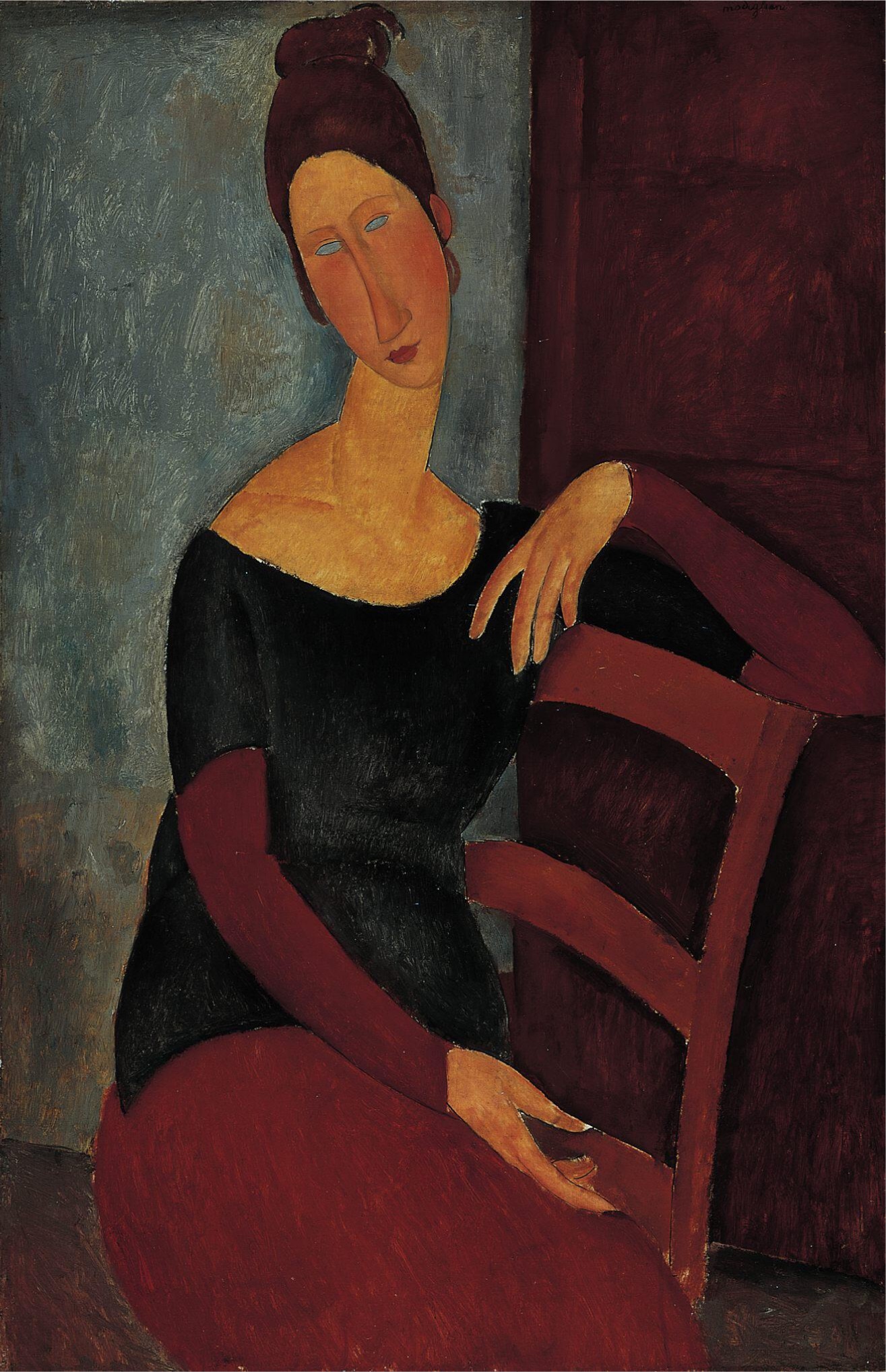Where there is a will, there is a way. We have all faced situations that seem hopeless yet, given time and determination, we end up finding a solution. Nature tackles apparent dead ends by using the forces that drive evolution. In this way, features that could appear to be disabling - when considering predation, reproduction or self-defence for instance - are lifted by using well-chosen tactics. Take a lack of mobility, for example. Flowers cannot fly so, to reproduce, they entice insects with intricate scents, nectar and colours who unsuspectingly collect pollen in the process. Marine cone snails are able to move but, like all snails, are sluggish. Unable to pounce on their prey, they release a cloud of toxin - known as the nirvana cabal - that stuns their victim thus giving the snail time to catch it. Toxins that make up the nirvana cabal are of great interest to pharmacologists because they are diverse, rapid and specific. Recently, a form of insulin - Con-Ins G1 - was discovered in certain cone snails that use it to immobilize their prey by causing an insulin shock.
Cone snails live in warm and tropical seas around the globe. They are carnivorous, and hunt marine worms, small fish, molluscs and even other cone snails. Out of 800 different species, over 100 cone snails are venomous and, when hunting, discharge a cocktail of toxins that smothers and immobilizes their catch or, in some instances, kills it. The toxins involved, and known as conotoxins, usually target the prey's nervous system and elicit a range of reactions: from sedation and paralysis, to sensory overload. Other toxins, like the newly-discovered insulin Con-Ins G1, head for the neuroendocrine system. Two different types of Con-Ins G1 have been identified: 1) molluscan-like insulins that are found in snail and worm hunters, and 2) fish-like insulins that are limited to cone-snail fish hunters.
Not only are toxins widely used in Nature, but they have also been perverted to serve chemical warfare and terrorism, or have starred in famous murder cases. In 1978 for instance, an umbrella was used to fire a ricin-loaded platinum pellet into the thigh of Georgi Markov, a Bulgarian dissident and journalist for the BBC, as he stood waiting for a bus in London. He died three days later. Insulin too has been used as a poison. A famous case of insulin-poisoning is known as the "Von Bülow" case. Sunny von Bülow, an American socialite and heiress, fell into an irreversible coma in 1980, at the age of 48. Tests revealed that the insulin level in her blood was unusually high. Her husband was accused, twice, of attempted murder but on both occasions was found not guilty. His wife died 28 years later.

Venom toxins, such as those used by cone snails, are small peptides, extremely stable outside cells and highly specific to their physiological targets. Millions of years of evolution have fine-tuned them and given them very precise roles in hunting, self-defence and deterrence. They are remarkably potent and diverse, and their targets are - for the vast majority - receptors, ion channels and transporters located in the victim's nervous system. Besides conotoxins, the fish-hunting cone snail Conus geographus also synthesizes a specialized insulin - Con-Ins G1 - which actually constitutes the greater part of its venom. C.geographus attacks its prey in two different steps. It begins by releasing the nirvana cabal close to the fish it wants to catch, thus significantly reducing its locomotion. It then engulfs it in a sort of distended mouth while injecting a further shot of venom.
Con-Ins G1 is, perhaps unsurprisingly, very similar to fish insulin - implying that it can bind to fish insulin receptors. It consists of four regions: an N-terminal signal peptide, a B chain, one or more C peptides, and an A chain. After proteolytic processing, the A and B chains connected by disulphide bonds form the mature insulin molecule. An unusual feature: Con-Ins G1 undergoes posttranslational modifications that are characteristic to conotoxins, and no doubt play a role in stabilizing the protein's structure. This particular 43 amino-acid insulin is one of the shortest known to date and very similar to vertebrate insulin, especially with respect to the A chain (90% similarity). The human insulin B chain mediates receptor binding as well as the assembly of insulin into its storage form (hexameric). Though this segment is lacking in C.geographus insulin, it can still bind to human insulin receptor but cannot, however, assemble into the storage form - thus making it, like all toxins, readily available.
Conotoxins per se have a wide array of pharmacological targets, which make them potential drug candidates. They are reliable, effective, produce - it is said - no side effects and can, for example, reduce heart rate or pain instantly. They are also being considered in the treatment of Alzheimer's disease, Parkinson's disease, depression, epilepsy and even nerve injury. Scientists have demonstrated that cone snail insulins can mimic human insulin. Vertebrate insulin regulates carbohydrate and fat metabolism while, in the brain, it modulates energy homeostasis and has a role in memory and cognition. Con-Ins G1could therefore be engineered to become an ultra-rapid therapeutic insulin. Before this, however, more research will be needed to understand the molecular subtlety of cone snail venoms, and in particular Con-Ins G1 which could turn out to be an ideal candidate for insulin-related afflictions.

